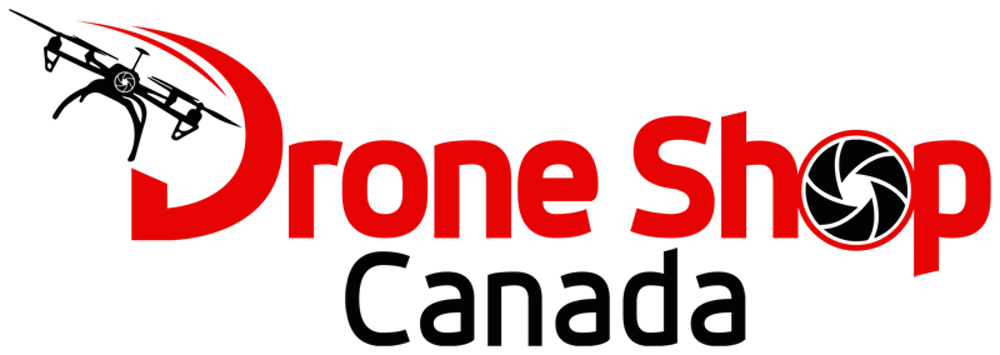As you probably already know, flying a drone for commercial use is still illegal, at least in the US. But that isn’t stopping companies from developing programs based on drone use. An interesting example of such ideas is the Amazon’s drone delivery service. And although that sounds pretty cool, what I really want to talk about is a program I believe could be much more useful – using drones by insurance companies.
As I’ve already said, companies aren’t allowed to use drones for commercial use. There are exceptions, though. It’s all thanks to the Federal Aviation Association Modernization and Reform Act from 2012 that enabled the government to approve some of the companies’ requests. So far there have been 159 exemptions, and drones are now used for agriculture, surveying and many other operations. For a while now, insurance companies have been working on getting the approval for introducing drone use in their work. I think they have some interesting ideas, so I’d like to say something about their plans for the future of insurance.
With over 10 million members, USAA is one of the biggest companies that are trying to introduce drone use into insurance-related operations. In order to achieve that, they have been researching drone technology and collaborating with drone manufacturers.
But what would be the purpose of using drones for insurance? The short answer is data gathering. After the 2014 mudslide, for example, the USAA partnered with Roboticists Without Borders to survey the affected area via drones. Since drones can fly over almost anything, and since they can be operated from a safe distance, they’re the perfect tool for gathering data after a crisis. The images and data collected by them can then be used to reduce the number of casualties and still get all the information that’s needed to deal with the crisis in question.
USAA was so far granted two exemptions. The first one allows them to operate a drone for conducting research, and the second one gives them permission to use it to collect data and images. Although this makes it seem like they’ve already won, there is a catch.
The company is allowed to collect data only when there’s a large number of claims to it from a specific area. Apart from that, it’s permitted to use only the PrecisionHawk Lancaster drone. It’s a drone with a 4-foot wingspan that can be ready to fly in a matter of minutes and doesn’t require a license.
Some of the biggest causes for these limitations are privacy concerns. As I’ve mentioned in one of my other posts, we’re still not taking advantage of all the potentials of drone use because we’re afraid that it could endanger our privacy.
Nevertheless, it seems like the world is steadily, although slowly, moving towards using drones for all kinds of purposes.
